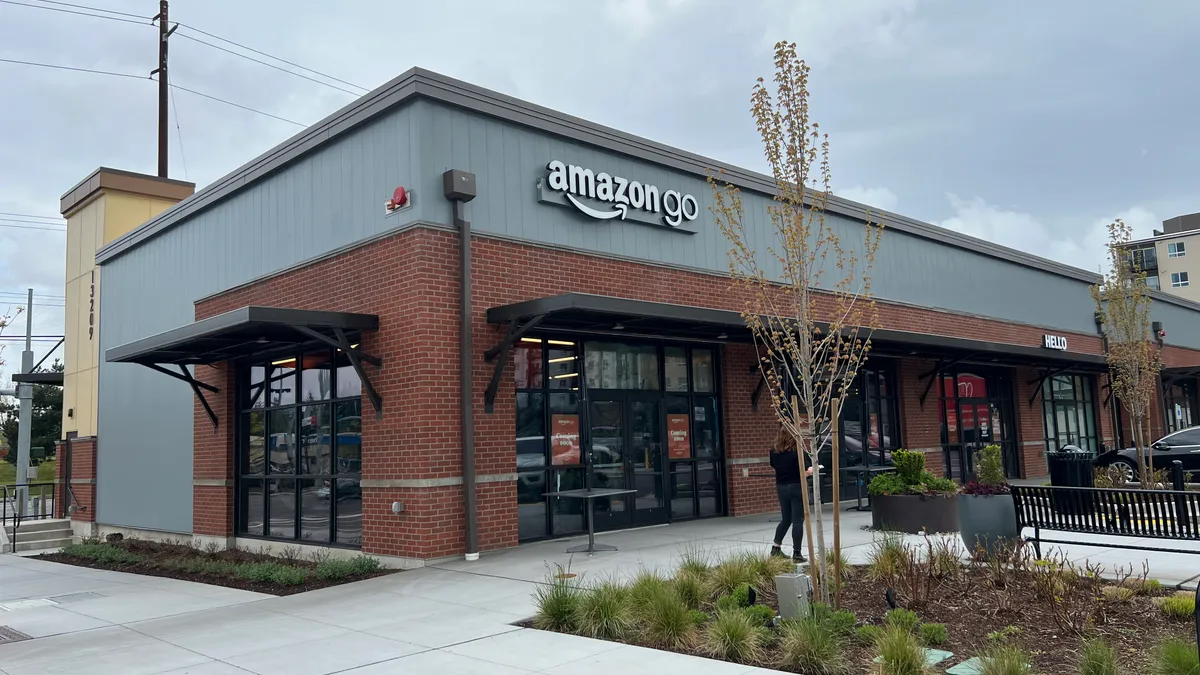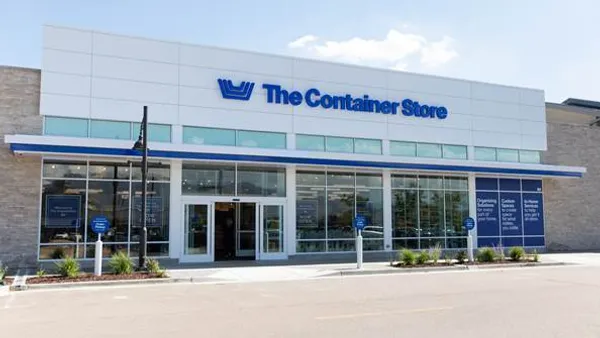Dive Brief:
-
Following a review of its operations, Amazon is laying off more employees in its retail business, CEO Andy Jassy told employees Wednesday. Jassy said he posted the news publicly after it was leaked.
-
In all, including layoffs confirmed in November, Amazon will “eliminate just over 18,000 roles,” primarily in its Amazon Stores, and People, Experience and Technology divisions, according to Jassy’s blog post.
-
“These changes will help us pursue our long-term opportunities with a stronger cost structure,” he said. Affected employees will receive separation payment, transitional health insurance benefits and external job placement support, he also said.
Dive Insight:
Amazon is uncharacteristically down-shifting. What is adding up to be a significant number of layoffs signals a correction to the company’s over-expansion as the pandemic helped fuel online sales growth. And it’s a sign that it may be entering a new era more focused on profits.
In the last five years the e-commerce giant added more than a million employees, with “a particularly frenzied expansion” during the pandemic, GlobalData Managing Director Neil Saunders said in emailed comments.
“All of this activity was predicated on the incorrect assumption that sales of Amazon’s products and services would continue to grow at a rapid clip,” he said. “With solid profits flowing, Amazon also became very bullish about expanding into new areas and was generous in staffing those divisions. However, it is now evident that the steep upward trajectory Amazon plotted over the pandemic years has come to an end.”
In his blog post, Jassy defended the steep cuts, and sought to assure investors that the company’s knack for disruption would continue despite them.
“These changes will help us pursue our long-term opportunities with a stronger cost structure; however, I’m also optimistic that we’ll be inventive, resourceful, and scrappy in this time when we’re not hiring expansively and eliminating some roles,” he said. “Companies that last a long time go through different phases.”
The cuts are prudent, but there is a risk to tightening the ship, Saunders warned.
“While the company has enough financial power to keep the lights on, a tighter environment means it will have to cut back investment on innovation,” he said. “Given that this has been the hallmark of Amazon’s success over the years, this is a worrying prospect.”
Amazon isn’t the only retailer that misjudged the staying power of the pandemic’s effects on demand. Nike and others bulked up on inventory, for example, which they have since scrambled to unload, BMO Capital Markets Managing Director Simeon Siegel noted last year. But Amazon, infamous for its data capabilities, should probably have known better, according to Saunders.
“The shock of all of this is that Amazon, with its armies of smart people, did not see some of the pandemic shifts as temporary,” he said. “A lot of bad assumptions were made in determining recruitment policy over the past few years, and these have now come back to bite the company.”













